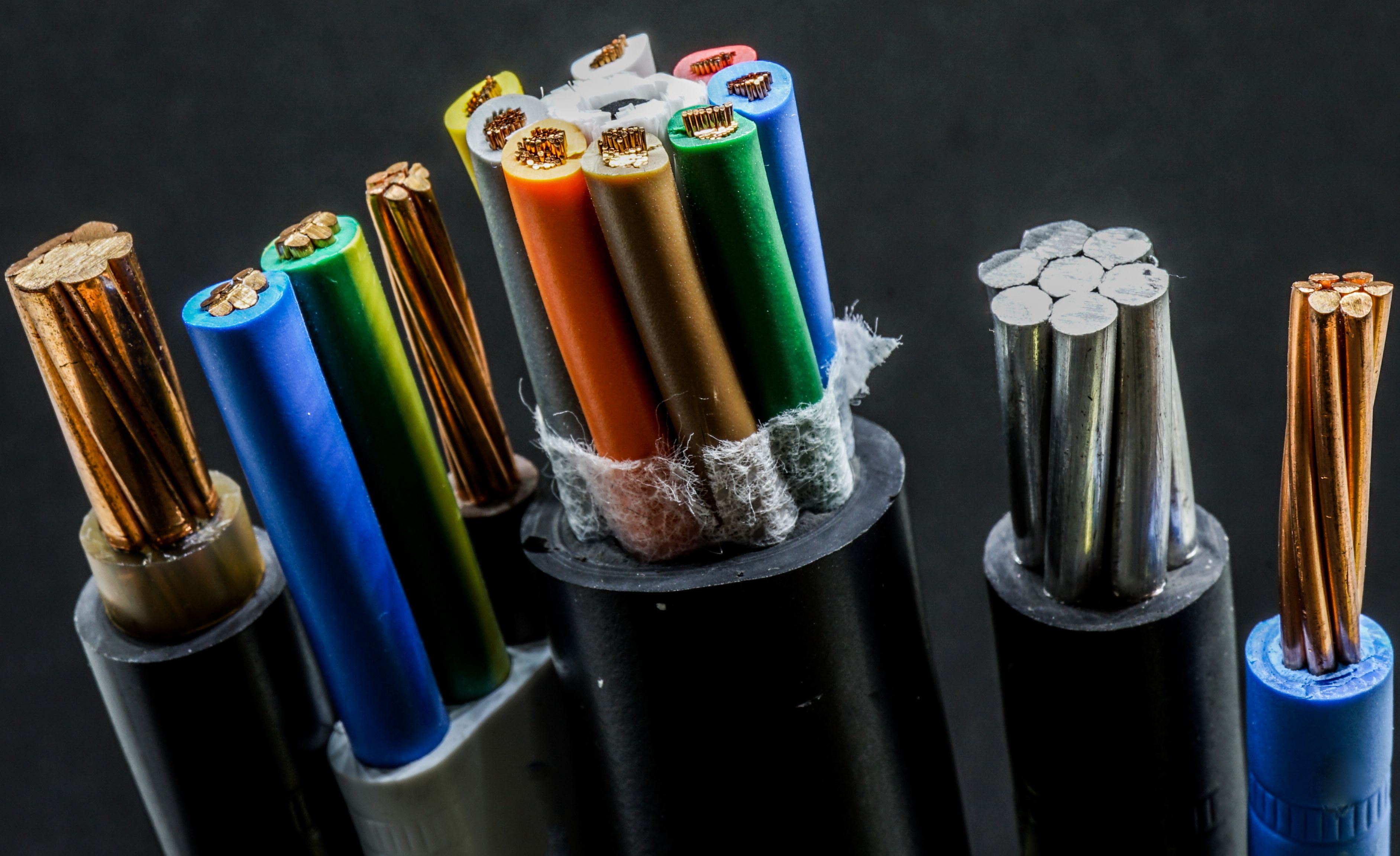Wire and cable selection is one of the most overlooked yet critical steps in any project. Whether you’re wiring a new facility, building equipment, or sourcing for defense applications, choosing the right cable ensures efficiency, safety, and long-term reliability.
Step 1: Understand the Application
Every system has its own electrical, environmental, and mechanical needs. Ask yourself:
- What is the voltage and current level?
- Will the cable carry power, control, or data signals?
- What’s the operating environment—indoor, outdoor, corrosive, or high-temperature?
Step 2: Choose the Right Conductor
- Copper: The standard for conductivity and flexibility.
- Aluminum: Lighter and cost-effective for power distribution but less flexible.
- Tinned Copper: Ideal for moisture-prone environments or marine applications.
Step 3: Insulation & Jacketing
Insulation protects the conductor; the jacket protects the cable as a whole.
Common materials:
- PVC: Economical, flame-retardant, suitable for general use.
- XLPE: Excellent electrical properties and higher temperature resistance.
- Teflon (PTFE): For harsh chemical or high-temperature conditions.
Step 4: Environmental Factors
Temperature extremes, chemical exposure, UV light, and mechanical stress all influence cable longevity. Match insulation type and thickness to these factors.
Step 5: Compliance & Certification
Always verify compliance with NEC, UL, or MIL-SPEC requirements, depending on your industry. Certified products reduce inspection risks and ensure consistency.
Step 6: Consult the Experts
Even experienced teams benefit from supplier guidance. Imperial Wire & Cable helps customers interpret specifications and balance performance with cost.
Key Takeaway
Choosing wire and cable is a technical decision with financial consequences. Work with a trusted distributor who understands both sides—engineering and procurement.

